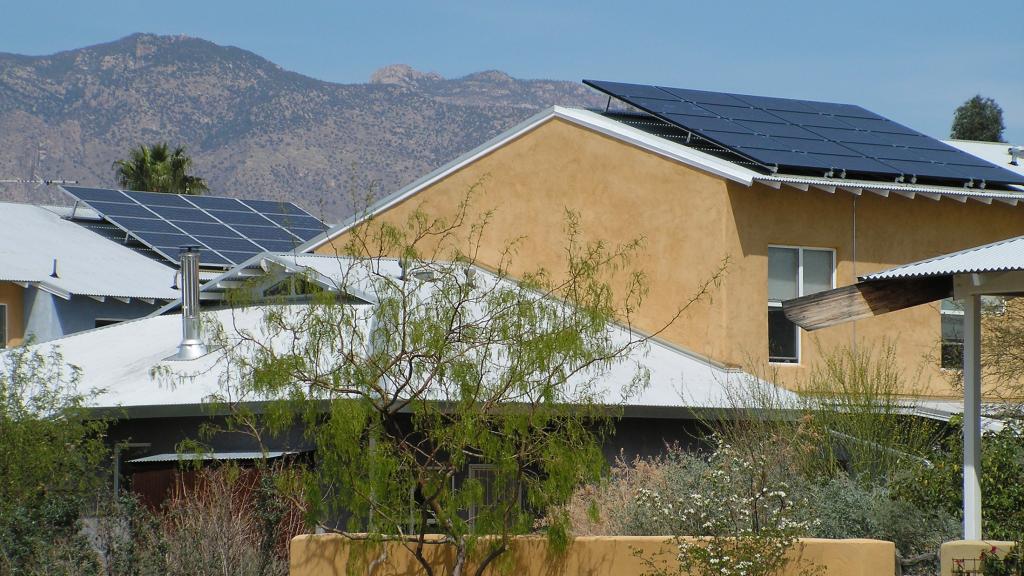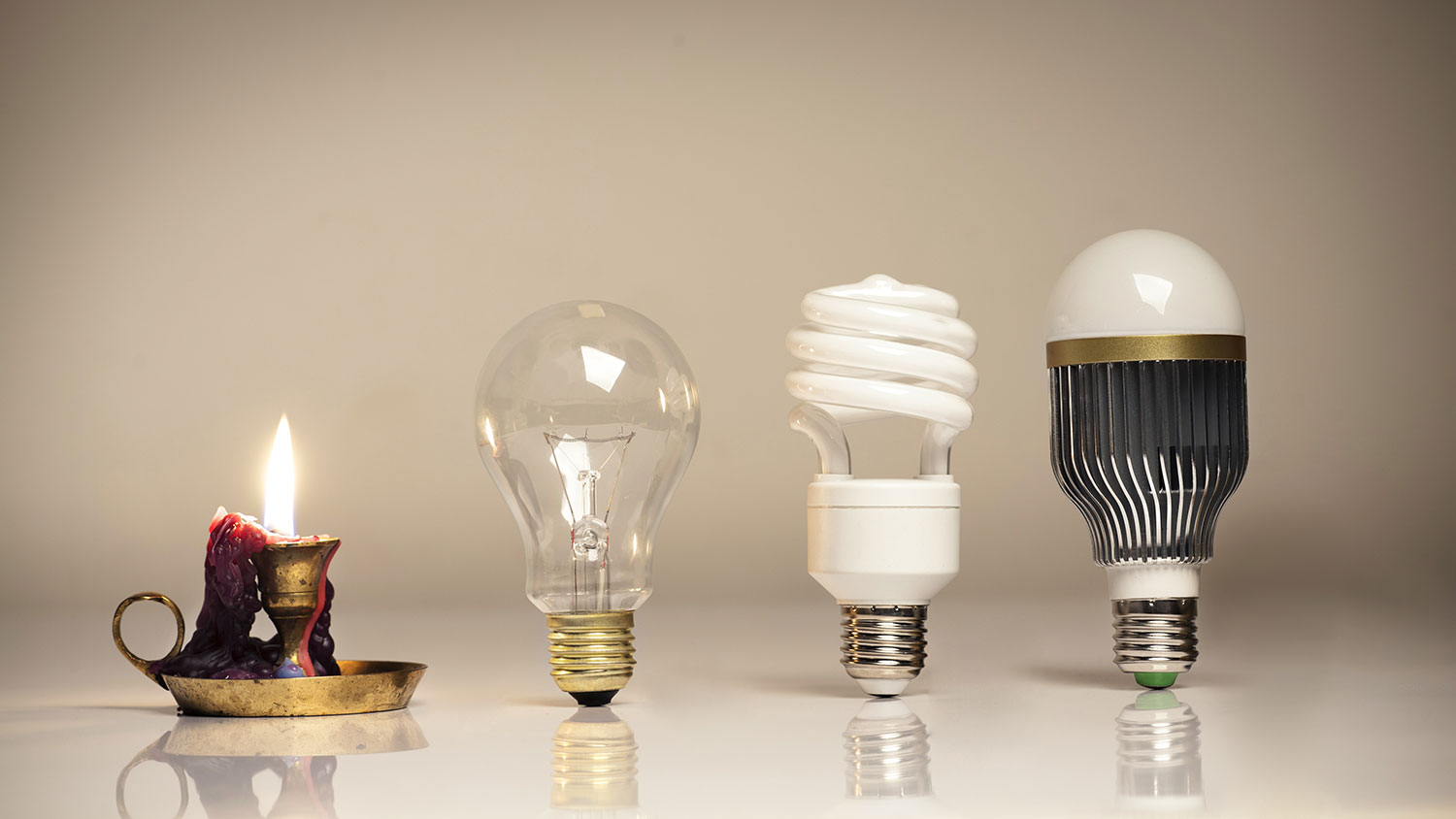Q. Does it save energy to burn candles instead of running an eco-bulb? I currently have one 18W compact fluorescent in my lounge. Please don’t say this is a burning question.
Dave C.
Dunedin
A. Dearest Dave,
Working, reading, or relaxing by candlelight? It certainly sets an agreeable ambiance. And they say a young Abraham Lincoln studied every night by a candle’s flickering flame, so you’d be in excellent company. But does replacing a flick of the switch with a light of the wick really bring environmental enlightenment?
To answer your question, we must turn to math (and a little conjecture). Let’s start with your 18W CFL bulb, already a respectable choice in the energy efficiency department. And let’s say we’re talking about two hours per night spent kicking back in your lounge. Using this handy formula from the Department of Energy, we can determine that shining that one bulb will use .036 kilowatt-hours of electricity per evening.
Now we need to figure out how much carbon is required to gin up those .036 kWh. This will depend on where your electricity comes from. Dave, you didn’t specify which Dunedin you call home, but I’m going to assume Florida (if it’s the New Zealand one, all bets are off, and Bob’s your uncle). Most of Florida’s juice comes from oranges (sorry!), followed by natural gas and coal. Again, the Department of Energy helps us move forward by reporting that natural gas creates 1.22 pounds of carbon dioxide per kWh; coal emits 2.08 pounds per kWh.
Still with me? Okay, then now we know that your two-hour nightly reading sessions create .044 pounds of carbon (if your power comes from natural gas) or .075 pounds of carbon (if coal). To put this one CFL in the proper context, know that the average American uses 10,908 kWh of electricity every year. That makes your nightly lounge sessions responsible for .12 percent of your power use, if you’re like the average person — not exactly staggering numbers.
Still, these questions can be fun, so on to candles. If you are using regular, old paraffin candles – there are good reasons not to, but let’s set those aside for a moment – then every hour of burn time equals 10 grams/.022 pounds of carbon emissions, according to one environmental analyst. Burning one candle for two hours, then, emits .044 pounds of carbon — an even tie with your CFL on natural gas-powered electricity, and a win over the coal-fired variety. But consider that you might need two or three candles to give your lounge the proper mood lighting, and the light bulb looks like brighter idea.
But wait, Dave: We can still do better. If you swapped that CFL for an 8-watt LED bulb, you’d be sipping just .016 kWh per night in the lounge. And if you ditched the petroleum-derived paraffin for beeswax candles, you’d see a similar improvement. Beeswax burners do still emit CO2, but some consider them to be basically carbon neutral because that carbon was recently in the atmosphere anyway (as opposed to paraffin’s carbon, which was locked away in a petroleum deposit somewhere until we dug it up).
Both light bulbs and candles have some impact associated with their production, naturally. And though I don’t have hard numbers on that, I’d guess that the manpower involved in building a fancy bulb would require more energy than shaping something naturally created by bee-power. Still, I do know that use, not production, accounts for the vast majority of an LED’s total impact, and that use bar is pretty darn low.
One more thing to add to the scale here: LEDs last a looooong time. By that, I mean up to 50,000 hours — at the two-hours-per-day rate, you wouldn’t need to replace it for more than 68 years (though I’m sure we’ll have figured out how to light our homes through brainwaves by then). Beeswax illuminators put up some good numbers, usually lasting much longer than the paraffin variety, but they still can’t hold a candle (oh, there I go again) to an LED that works long enough to start collecting retirement.
In short, David, switching your current CFL to an LED is the biggest-impact change you can make in that lounge of yours. And look, we’ve made it to the end and I haven’t made a peep about burning questions.
Ambiantly,
Umbra



